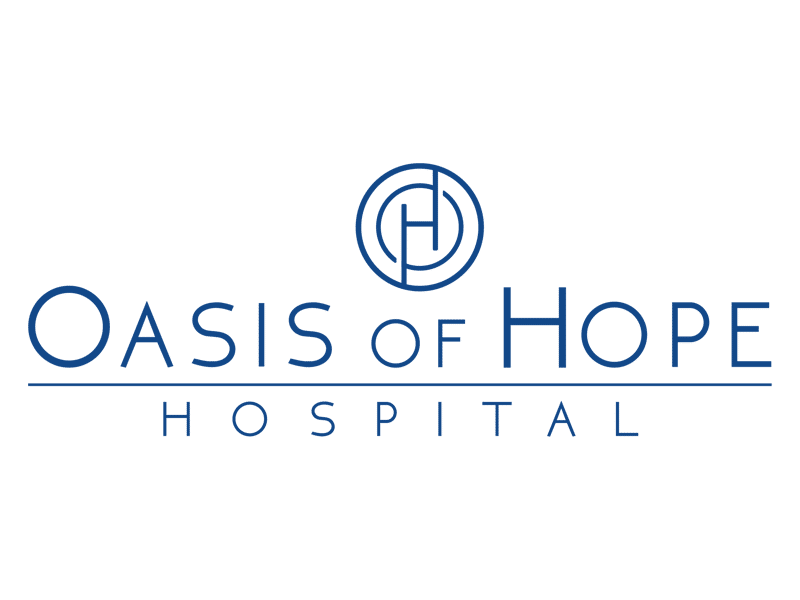 Effective Use for Chemotherapy By Dr. Francisco Contreras
Effective Use for Chemotherapy By Dr. Francisco Contreras
How do we use chemotherapy at the Oasis of Hope?
Chemotherapy is an anti-cancer therapy that uses cytotoxic drugs to kill cancer cells. There is an incredibly vast array of cytotoxic drugs and an infinite number of ways of combining and administering them. The precise treatment administered will depend on a number of variables including:
2) The stage of development
3) The physical status of the patient,
4) The prior chemotherapy treatments received
5) The response to prior treatment
6) The likelihood of negative side effects
7) Many other factors
This is why medical doctors specialize in the use of these very potent and dangerous drugs.
Suffice it to say, Oasis of Hope employs oncologists who specialize in chemotherapy. We thoroughly evaluate each patient in order to “tailor” the treatment in regard to:
1) Drug
2) Dosage
3) Duration.
What separates our chemotherapy protocols from those around the world are two things:
- First, is the preparation our patients undergo to enhance the cancer-killing effect of the chemotherapy.
- Second, is the umbrella of protection we create over our patients that is designed to reduce negative side effects. You will read much more in the following chapters about the therapies we use that work together to overcome the failings of chemotherapy.
Many patients come to us in despair, their lives threatened, riddled with resistant tumors, often sent home to die because in the conventional worldview, nothing more can be done. I believe that “While there is life, there is hope…” as John Gay masterfully wrote in his 17th Century novel The Sick Man and the Angel. An opponent like cancer demands respect and disciplined research.
Given the wealth of new and exciting research, we must be ready to boldly consider revolutionary new approaches to cancer treatment with an open mind and be prepared to make therapeutically adjustments when new approaches are supported by convincing scientific evidence. More importantly, as we evaluate the effectiveness of these new and exciting therapies, we must ensure that our primary criteria is, in fact, the bottom line for patients. Do the therapies significantly slow the progression of the disease, significantly extend the life of the patient, and secure quality of life for the patient?
This is so important because much of the medical community is still entrenched in thinking that deems a treatment effective, or successful, merely because it reduces the size of the tumor. There are many treatments that shrink tumors but that do not extend the life of the patient, or secure quality of life for the patient. That is not success. It is a meaningless success at best.
Sure, the tumor shrunk but the patient died.
Likewise, there are many in the medical community that would deem a treatment ineffective, or a failure, merely because it does not result in the significant reduction of the tumor. There are treatments that do not significantly shrink tumors, but that extend the life of the patient, and secure quality of life for the patient. That is not failure. It is a meaningful success. While the tumor may still exist, the patient continues to thrive for years. In my years of experience working with people who live with cancer, I have found that people will always choose to live strong even if cancer continues to be present, rather than pleasing the oncology establishment with a successful treatment that does not add any time to their lives.
This whole concept became crystal clear to me when I accompanied my father, Dr. Ernesto Contreras, to a prestigious cancer treatment center in New York to review his cases. My dad put a number of X-rays up for review but the oncologists were confused if not annoyed. My dad’s patients still had tumors. One oncologist said, “Your treatment has failed! The patient still has a tumor. Let me show you one of my patient’s X-rays.” The oncologist put up before and after films and explained, “See, the tumor is gone. Now that is success.” My father exclaimed, “That is wonderful! How is the patient now?” The oncologist replied, “The patient died soon after treatment.” My father stated, “My patient is still alive after five years even though there is some cancer left.” The oncologist said, “That is still a failure.”
This experience with my father helped me redefine our treatment goals. Tumor destruction would no longer be sufficient. We would fight to help our patients live longer and stronger.

